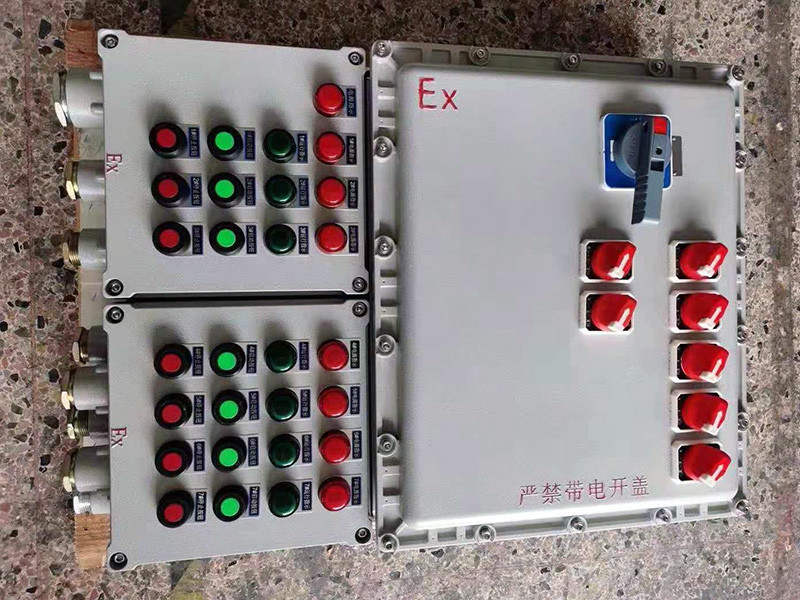ʻI he taimi ʻoku fili ai ha puha tufakiʻanga naunau ki he fakaʻauha, kuo pau ke fakakaukauʻi ha ngaahi meʻa lahi ke fakapapauʻi ʻoku ne feau ha ngaahi fie maʻu pau. ʻOku kau heni ʻa e ʻatakai ʻo e tohi kole, hange ko e ngaahi vaitupu ʻi lalofonua, keliʻanga malala, ʻakau lolo, ngaohiʻanga mahoaʻa, ʻakau kasa, mo e alā meʻa pe. ʻOku fakafalala ʻa e fili ʻo ha puha tufakiʻanga naunau ʻi he ngaahi meʻa fakatuʻutamaki kehekehe ʻi he ngaahi ʻatakai ko ʻeni, mo e ngaahi tuʻunga maluʻi maʻolunga ange ʻoku faʻa tupu ai ʻa e totongi maʻolunga ange.

1. Feʻunga ʻo e tohi kole:
Fili ha puha tufakiʻanga naunau ʻoku feʻunga mo ho ʻatakai mo e ngaahi fie maʻu pau. ʻOku kehekehe pe ʻa e ngaahi meʻa fakatuʻutamaki ʻi he ngaahi feituʻu kehekehe, fie maʻu ha faʻahinga puha kehekehe. Ko e maʻolunga ange ia ʻa e tuʻunga maluʻi ʻoku fie maʻu, ko e maʻolunga ange ia ʻa e fakamole.
2. Lahi mo e naunau:
ʻOku takiekina lahi ʻe he lahi mo e naunau ʻo e puha ʻa hono mahuʻinga. ʻOku ʻuhinga ʻa e lahi ange ʻo e ngaahi naunau mo ha faʻunga faingataʻa ange ʻi loto, ʻo iku ki ha fakamole maʻolunga ange. ʻOku ʻi ai foki mo e faikehekehe ʻo e totongi ʻi he vahaʻa ʻo e ukamea mo e pelesitiki.
3. Faʻahinga ʻo e fakamoʻoni fakaʻauha:
ʻOku feau ʻe he ngaahi fakafuofua kehekehe ʻo e pa ʻa e ngaahi meʻa kehekehe fakafepakiʻi ngaahi meʻa hange ko e kasa, huhuʻa, ngaahi meʻa fefeka, mo e efuefu. ʻOku kehekehe pe ʻa e ngaahi naunau mo e ngaahi founga ʻo e ngaohiʻanga. ʻOku faʻa ʻuhinga ʻa e maʻolunga ange ʻo e ngaahi tuʻunga ʻo e palopalema ʻoku faingataʻa ange ai hono ngaohi, Pau ke ne uesia ʻa e fakamole.
4. Ivi takiekina ʻo e moʻoni:
ʻOku faʻa siʻisiʻi ʻa e feituʻu ki hono aleaʻi ʻo e mahuʻinga ʻo e ngaahi kautaha ʻiloa mo e tokolahi ʻo e kau kasitomaa. ʻI he tafaʻaki ʻe taha, ʻE lava ke ʻoatu ʻe he fanga kiʻi kautaha iiki ange ʻoku nau fakataumuʻa ke fokotuʻu ha maketi ke maʻu ha fakatau, ʻo uesia ai ʻa e mahuʻinga.
Lolotonga, ʻOku ʻikai ke ʻi ai ha totongi angamaheni pe specification ki he ngaahi puha tufakiʻanga naunau ʻoku ʻikai ke pa; ko ia, ʻoku ʻikai ke faʻa fakatau atu kinautolu ʻi ha mahuʻinga pau. ʻOku fakatefito ʻa e totongi ʻi he ngaahi sipinga mo e mape pau. Hange ko e custom-made, ngaahi koloa ʻoku ʻikai angamaheni, ʻOku makatuʻunga ʻa e totongi ʻo e ngaahi puha tufakiʻanga naunau ʻo e maama ʻi he ngaahi fakangatangata pau ʻoku fie maʻu.
 Shenhai e fakamoʻoni fakaʻauha
Shenhai e fakamoʻoni fakaʻauha
